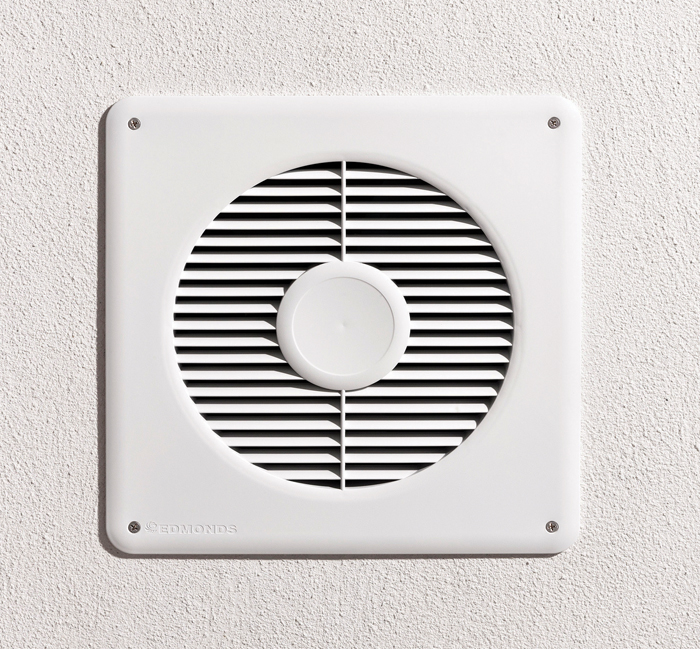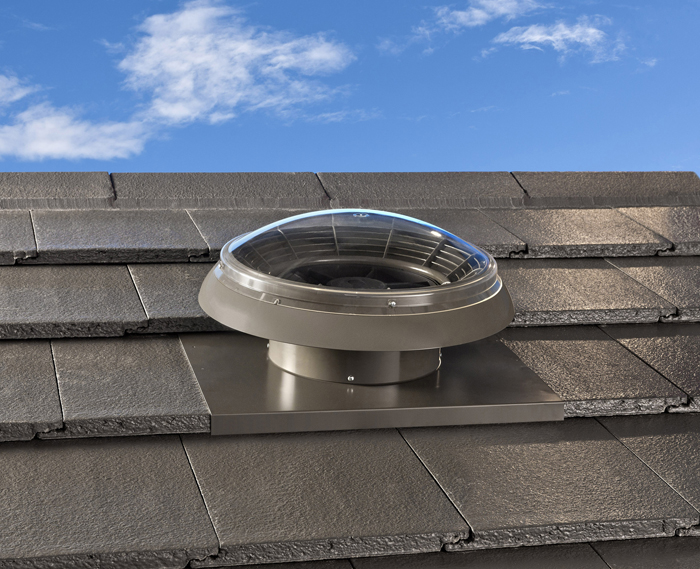The great new era of communication has long since entered the industrial world. Globally-linked project teams have taken the place of garage inventors. Channels of communication are becoming ever more sophisticated – but the challenges remain the same: Information has to flow smoothly even over distances of 15,000 kilometres and with an eight-hour time difference. An example of how well this can work is shown by CSR Edmonds in Australia and ebm-papst in Germany. And the most important aspect is to have a capable representative on the spot – which explains why ebm-papst has a network of branches in more than 50 countries, including Australia.
The first challenge awaited right at the start of the project, as Martina Heine, head of the technical department at ebm-papst New Zealand and Australia, recalls: “In the interests of cost efficiency, the customer was looking to install one of our axial fans in two different new products.” One of these was the AiroMatic roof ventilation system designed for air conditioning in houses. For this application CSR Edmonds wanted the main component, i.e. the fan to be as quiet-running and energy-saving as possible. The same criteria applied to the ecoFAN. This ventilation unit prevents mould developing in cellars by regulating the humidity of the air. Following detailed discussions with the CSR Edmonds development team, Heine and her Sales colleague Garth Hurtz were of the opinion that from a technical point of view there was no reason why the same fan could not be employed for both applications: “Evaluation of the technical documentation and simulation revealed that the performance characteristics of the two products were sufficiently similar.” Even so there were a few tough nuts for their colleagues in Mulfingen to crack. For instance, CSR Edmonds insisted on incorporating a drive motor with the lowest possible voltage rating so that the end users would be able to simply plug in the products at domestic sockets. But there was good news from Mulfingen: An appropriate motor was already being planned for market launch during the project period. However, deciding on the components was far from being the end of the matter. Certain other modifications were required to be able to integrate the fan into the applications concerned. In this phase Martina Heine’s main task in Australia was to make sure that the engineers in Mulfingen were precisely informed about what the customer wanted. Based on these specifications the decision was taken to adapt the wall ring holes to the situation in Australia. Thanks to perfect coordination between both parties she managed to improve the aerodynamic characteristics of the wall ring still further. That even came as a surprise to the CSR Edmonds development team, who were used to having to call in external experts for such “fine tuning”.
© Photo | ebm-papst


Leave a comment